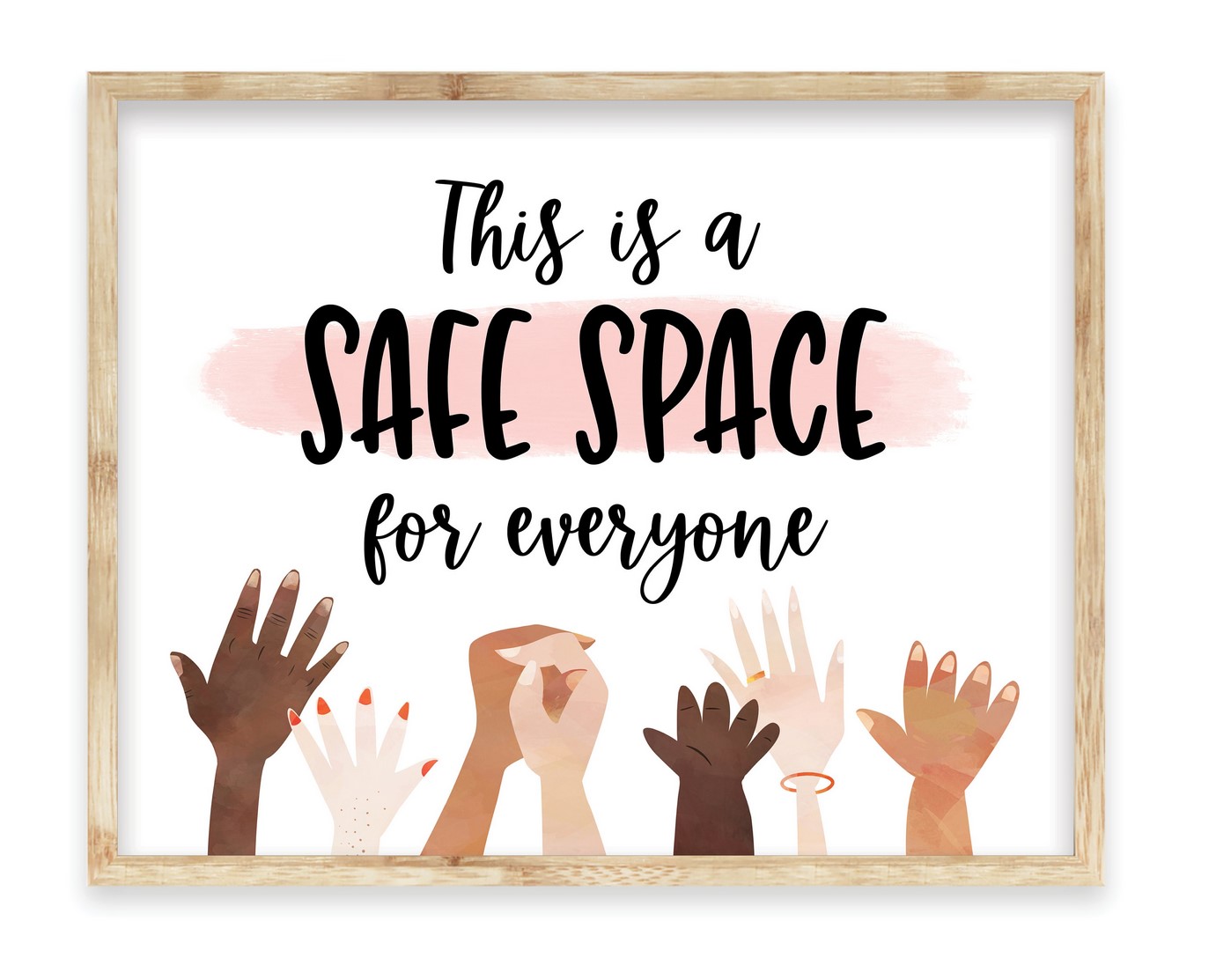Safety is not a feeling limited to a single space. More than any other, the topic is discussed in modern education settings. Creating an inclusive classroom environment where all students feel safe, respected, and valued is essential in today’s education. Why is it important? How to create a safe space? What challenges might befall when trying to achieve the goal of a safe, educational space? This article will provide you with the answers.
The Need for Safe Spaces in Education
Safe spaces in educational settings are vital for fostering a culture of inclusivity and openness for diverse groups. These safe spaces allow students to engage in learning without fear of judgement or discrimination, which is particularly important for marginalised groups like LGBTQ students (Snapp et al., 2015). Moreover, Safe space programs can provide educators with the essential knowledge to create a supportive environment for students from diverse backgrounds (Ratts,2013).
Some Strategies for Safe Spaces
According to Sweeny (2021), co-teaching offers a dynamic approach to creating safe spaces. Fluijt, Bakker, and Struyf (2016) define co-teaching as “an instrumental and pedagogical means delivered by collaborating special and regular teachers, from which students with and without special educational needs benefit in regular schools.” By sharing responsibilities, co-teachers can develop strategies that cater to diverse student needs, fostering a supportive and inclusive environment (Sweeny, 2021).
In a study conducted by Stanfill and Klean Zwilling (2023), they have come up with six considerations for establishing safe spaces. They are:
- Recognize that student experiences of safety are shaped by their identities.
- Appreciate that existing experiences of safety often arise from exclusion.
- Distinguish “being safe” from “avoiding discomfort.”
- Understand that safety is not a zero-sum game.
- Foster a culture of accountability and responsibility.
- Embrace the complexity and ongoing nature of creating safe spaces.
Besides these considerations, Kisfalvi and Oliver (2015) have explained the prerequisites for creating safe student spaces.
Table 1, Prerequisites for a Safe Space and Approaches to Achieving It
[Note. From “Creating and Maintaining a Safe Space in Experiential Learning,” by V. Kisfalvi and D. Oliver, 2015, Journal of Management Education, 39, pp. 713-740. https://doi.org/10.1177/1052562915574724]
Even though the strategies are not limited to the ones above, even if one can understand these considerations and strategies, they would create safe spaces for diverse groups of students.
Benefits of Safe Spaces for Students
Creating safe spaces in the classroom can help students express themselves freely. This step could be crucial during sensitive discussions in the classroom, which might be related to them, allowing students to explore different perspectives without fear of judgement.
Challenges in Implementing Safe Spaces
Implementing safe spaces can be challenging for many reasons. One such reason, according to Snapp et al. (2015), is the varied interpretations of the idea of safe space according to the diverse backgrounds and experiences of the students. The educators must be aware and sensitive to it. Additionally, the need for educators to have adequate training or resources to address the unique needs of the students to create a healthy environment for them is also a challenge (Kisfalvi & Oliver, 2015). Moreover, maintaining openness, making students feel marginalised, educators’ subjective thoughts and experiences, and discussing sensitive and controversial topics could be considered equally challenging in this process of safe space creation.
Creating a safe space in the classroom is a complex process that requires educators to be fully committed to understanding and addressing the diverse needs of their students. Teachers can use various strategies, such as co-teaching, to ensure all students feel comfortable learning and expressing themselves.
References
Fluijt, D., Bakker, C., & Struyf, E. (2016). Team-reflection: The missing link in co-teaching teams. European Journal of Special Needs Education, 31(2), 187-201. https://doi.org/10.1080/08856257.2015.1125690
Kisfalvi, V., & Oliver, D. (2015). Creating and Maintaining a Safe Space in Experiential Learning. Journal of Management Education, 39, 713-740. https://doi.org/10.1177/1052562915574724
Ratts, M.J., Kaloper, M., McReady, C., Tighe, L., Butler, S., Dempsey, K., & McCULLOUGH, J. (2013). Safe Space Programs in K-12 Schools: Creating a Visible Presence of LGBTQ Allies. Journal of LGBT Issues in Counseling, 7, 387-404. https://doi.org/10.1080/15538605.2013.839344
Snapp, S. D., Hoenig, J. M., Fields, A., & Russell, S. T. (2015). Messy, Butch, and Queer: LGBTQ Youth and the School-to-Prison Pipeline. Journal of Adolescent Research, 30(1), 57–82. https://doi.org/10.1177/0743558414557625
Stanfill, M., & Klean Zwilling, J. (2023). Critical Considerations for Safe Space in the College Classroom. College Teaching, 71(2), 85-91. https://doi.org/10.1080/87567555.2023.2179011Sweeny, K.M. (2021). Creating a safe space: Co-teaching as a method to encourage learning and development in the Higher Education classroom. Journal of Perspectives in Applied Academic Practice. https://doi.org/10.14297/jpaap.v9i1.436

Leave a Reply